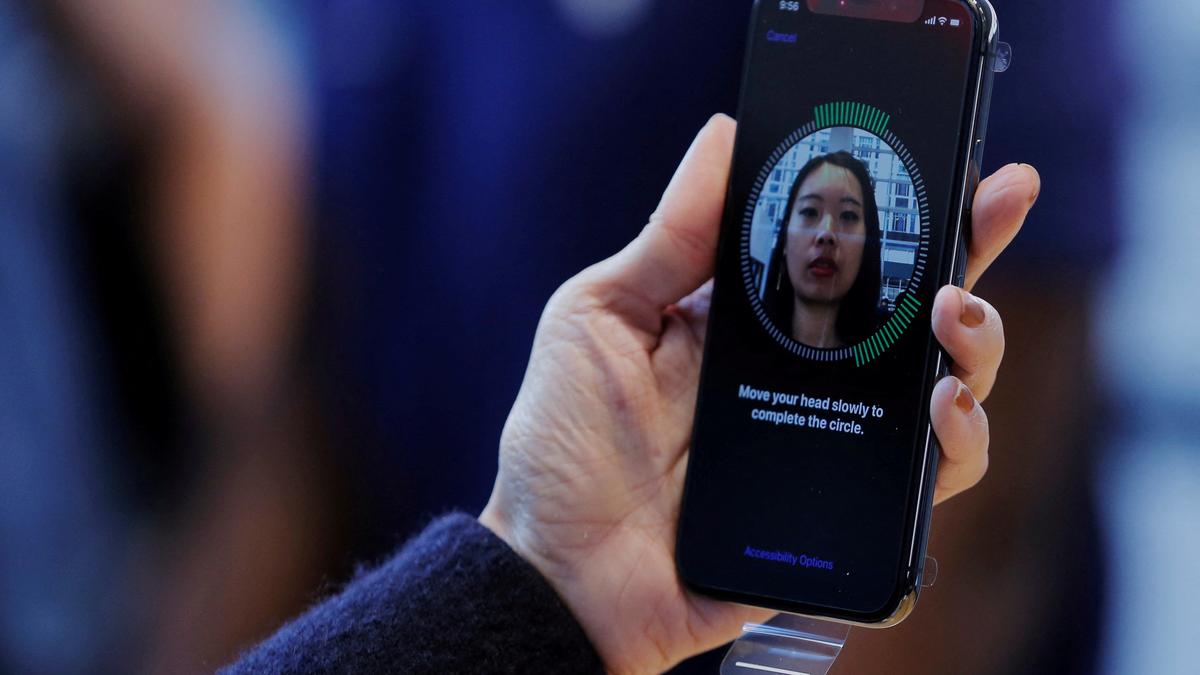Blog Credit: Trupti Thakur
Image Courtesy: Google
The LOQU Technology
Researchers at the Indian Institute of Technology Guwahati (IIT-G) have achieved breakthrough in speech technology by developing and patenting “LOQU,” a novel method to generate human speech signals directly from vocal cord vibration signals. This innovative approach allows for the reconstruction of speech signals from vocal cord vibrations, offering promising applications for speech-impaired individuals and medical settings.
Speech Production and Vocal Fold Vibration
- Speech production begins with airflow from the lungs through the windpipe, facilitated by the larynx or voice box.
- Inside the larynx, vocal cords or vocal folds are regulated by the glottis, controlling airflow between the lungs and mouth.
- During speech, vocal folds vibrate due to intrinsic laryngeal muscle movement, creating sounds that travel through the vocal tract and form “voice.”
About LOQU Technology
- Under the guidance of Prof. Samarendra Dandapat and Dr. L.N. Sharma, the IIT-G team created “LOQU” (derived from the Latin word for “To speak or talk”).
- LOQU technology captures vocal fold movement without invasive procedures, utilizing sensors placed over the throat.
- The method involves capturing vocal fold vibrations using non-invasive sensors and processing these signals electronically to generate speech harmonics.
Reconstructed Speech Signals and Potential Applications
The reconstructed speech signals using LOQU have been found to be clear and comparable to traditional speech in extensive comparison tests. These results hold significant potential for individuals struggling with speech impairments, offering a viable alternative to traditional microphones and enhancing speech clarity. The breakthrough technology aims to empower those in need and drive impactful innovations in the medical and communication domains.
Prototype and Patented Technology
The prototype of LOQU has been developed on a laboratory scale at a cost of under Rs. 2,000. The technology has been patented (Indian Patent No.: 510923, Grant Date: 15/02/2024, App No. 201831006870). Ongoing clinical testing aims to further validate its effectiveness and explore diverse applications in medical and communication fields.
Additional Facts:
Speech impairments can result from various conditions, such as mutism from apraxia, where individuals may have normal vocal fold vibration without sound production due to coordination issues in tongue or throat muscles. Traditional speech reconstruction methods often involve invasive procedures or the use of external microphones, which may not be suitable for all individuals with speech impairments.
Revolutionary Technology
Led by Dr. LN Sharma and guided by Prof. Samarendra Dandapat of IIT Guwahati’s Department of Electronics and Electrical Engineering, the team developed LOQU, deriving its name from the Latin word for “To speak or talk.” This cutting-edge technology captures vocal fold movement without invasive procedures by employing sensors placed over the throat. This novel approach enables the reconstruction of speech signals from vocal cord vibrations, offering promising prospects for speech-impaired individuals and medical applications.
Speech production originates from airflow from the lungs through the windpipe, facilitated by the larynx or voice box, serving as a conduit between the throat and windpipe. Within the larynx reside the vocal cords or vocal folds, regulated by the glottis, which control airflow between the lungs and mouth. The voice box adjusts the space between vocal folds to create sounds, which traverse the vocal tract, modulating in volume and pitch to produce a voice.
In cases like mutism or apraxia, individuals may experience normal vocal fold vibration without sound production due to coordination issues in tongue or throat muscles crucial for speech. LOQU addresses these challenges by capturing vocal fold vibrations using non-invasive sensors and electronically processing these signals to generate speech harmonics. This method results in speech signals closely resembling traditional speech, as confirmed through comparison tests with signals recorded using conventional microphones.
According to Prof. Dandapat, this breakthrough offers significant promise for individuals with speech impairments by providing clear and comparable speech signals. The device aims to empower those in need and drive impactful innovations in medical and communication spheres. Dr. Sharma further elaborated on the research, highlighting the clarity and comparability of the reconstructed speech signals to traditional speech. Extensive comparison tests have demonstrated the effectiveness of LOQU, offering a viable alternative to conventional microphones and enhancing speech clarity.
The prototype of LOQU has been developed on a laboratory scale at a cost of less than Rs 2000. The patented technology marks a significant milestone in speech research and innovation, with ongoing clinical testing aimed at further validating its effectiveness and exploring diverse applications in medical and communication fields.
Blog By: Trupti Thakur

04
MayThe LOQU Technology
May 04, 2024Recent Blog
The BioMetric E-PassportsMay 19, 2025
AI HallucinationsMay 16, 2025
India’s Steps Into 6GMay 15, 2025
The New Accessibility Feature of AppleMay 14, 2025
The Digital Threat Report 2024May 13, 2025




